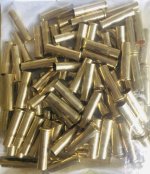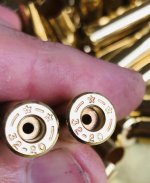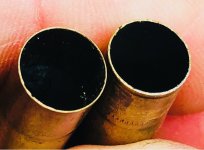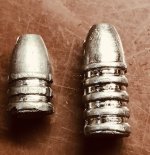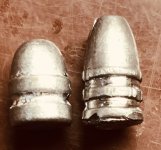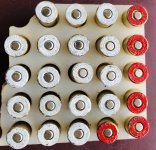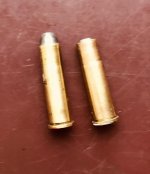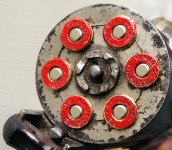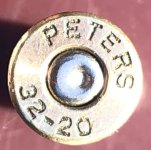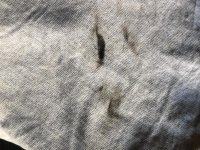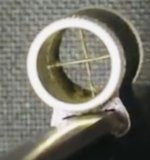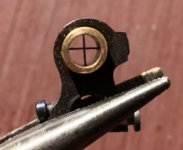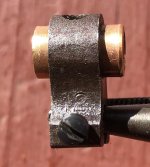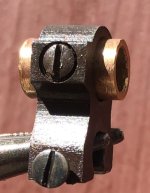In the clear
The concept is to "match" not "modify" the original black powder cartridge.
I'm not drilling out an original case. I'm attempting to MATCH an original black powder case flash hole using a modern smokeless case 150 years later.
Smokeless cases do not match original black powder cases.That's the point. If the case doesn't match the results will also not match. Resulting in poor performance at the range.
Just because we use a smokeless case to shoot black powder loads and it goes bang doesn't mean we did it right.
Anyone who has actually loaded cases for target shooting understands the concept of "MATCH LOADING".
It's not dangerous, it's not modifying, it's perfecting and matching an original factory target load. That in its pure sense is what I am attempting to accomplish.
Murph
The concept is to "match" not "modify" the original black powder cartridge.
I'm not drilling out an original case. I'm attempting to MATCH an original black powder case flash hole using a modern smokeless case 150 years later.
Smokeless cases do not match original black powder cases.That's the point. If the case doesn't match the results will also not match. Resulting in poor performance at the range.
Just because we use a smokeless case to shoot black powder loads and it goes bang doesn't mean we did it right.
Anyone who has actually loaded cases for target shooting understands the concept of "MATCH LOADING".
It's not dangerous, it's not modifying, it's perfecting and matching an original factory target load. That in its pure sense is what I am attempting to accomplish.
Murph
Last edited:

